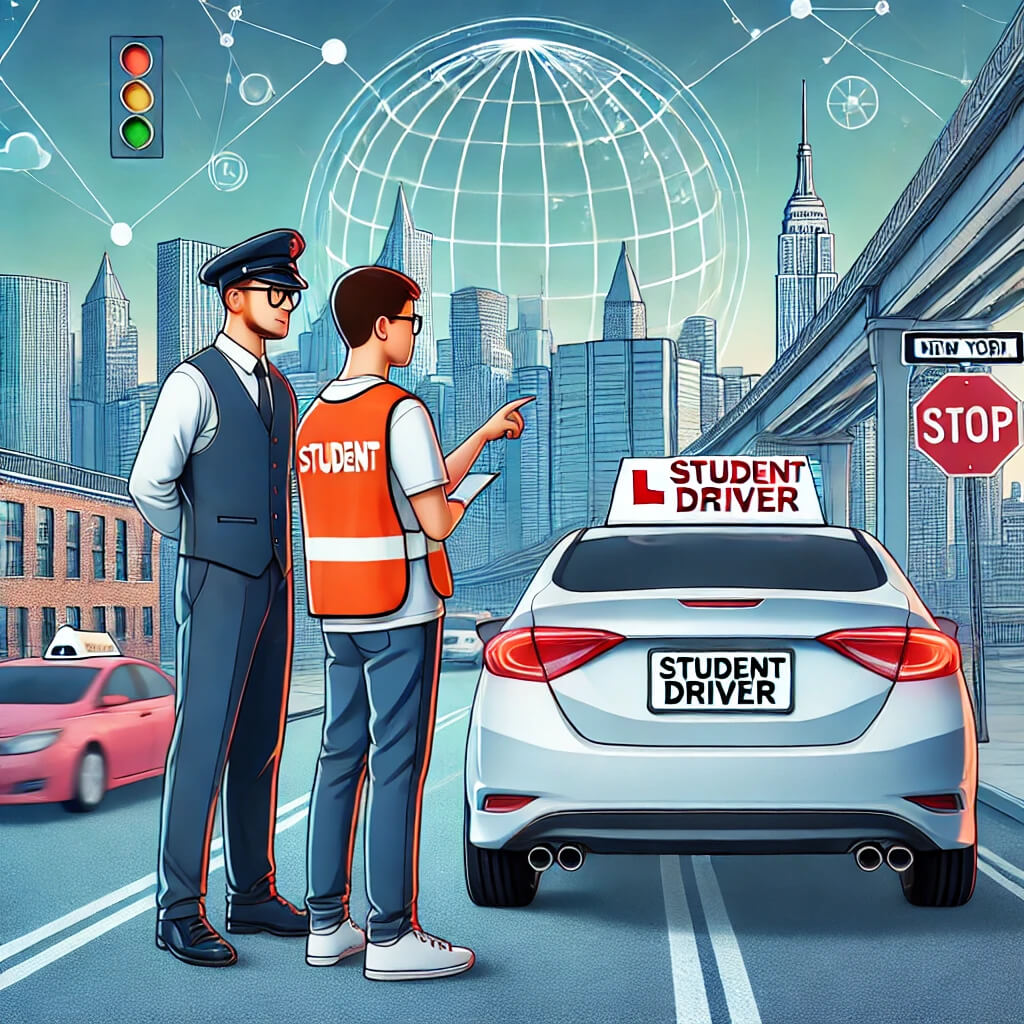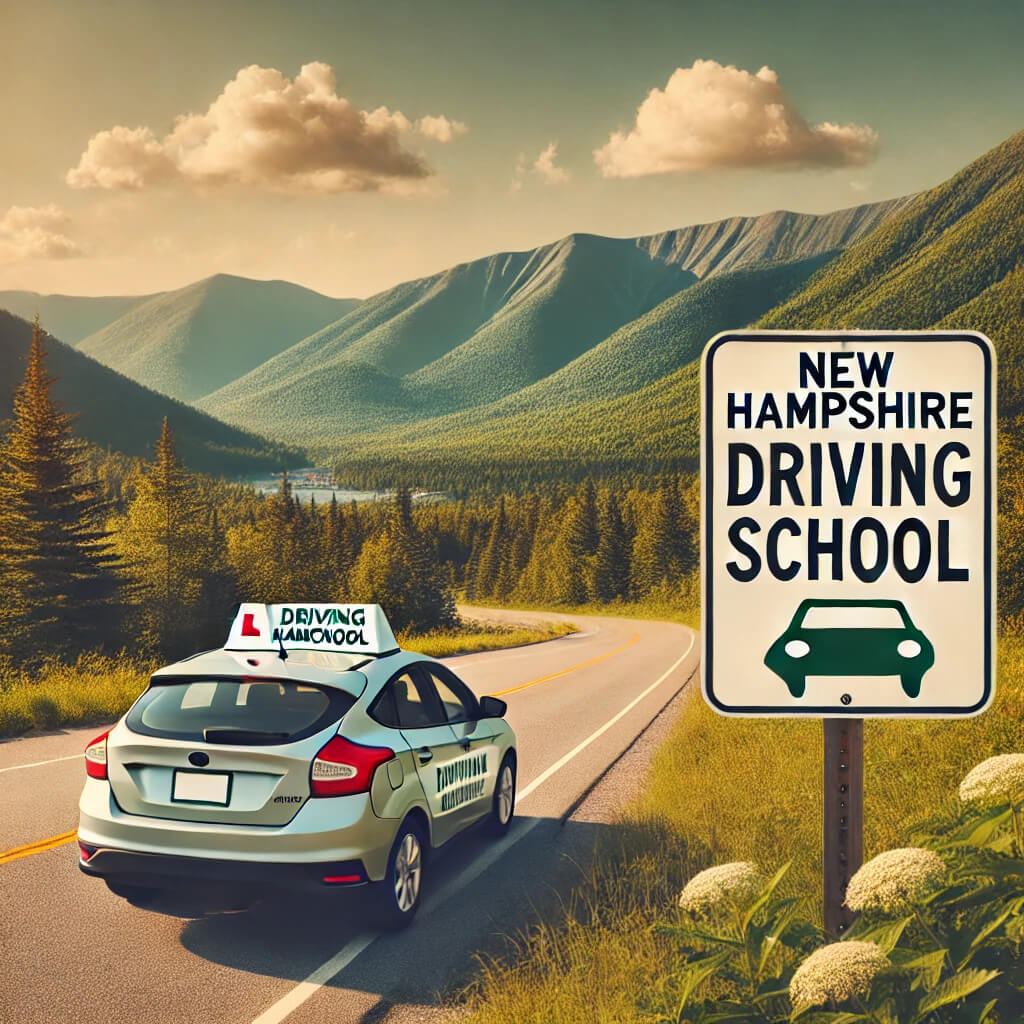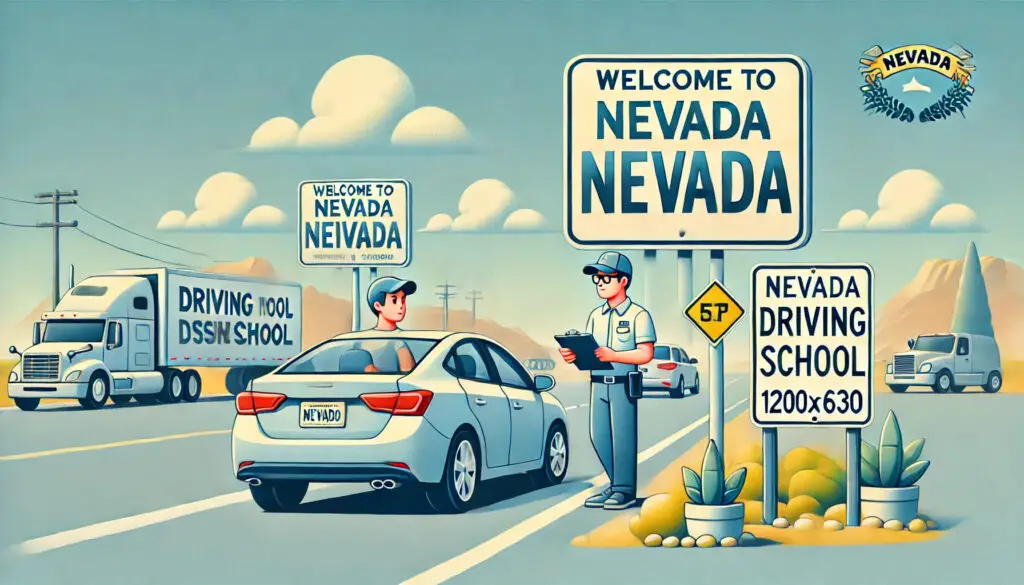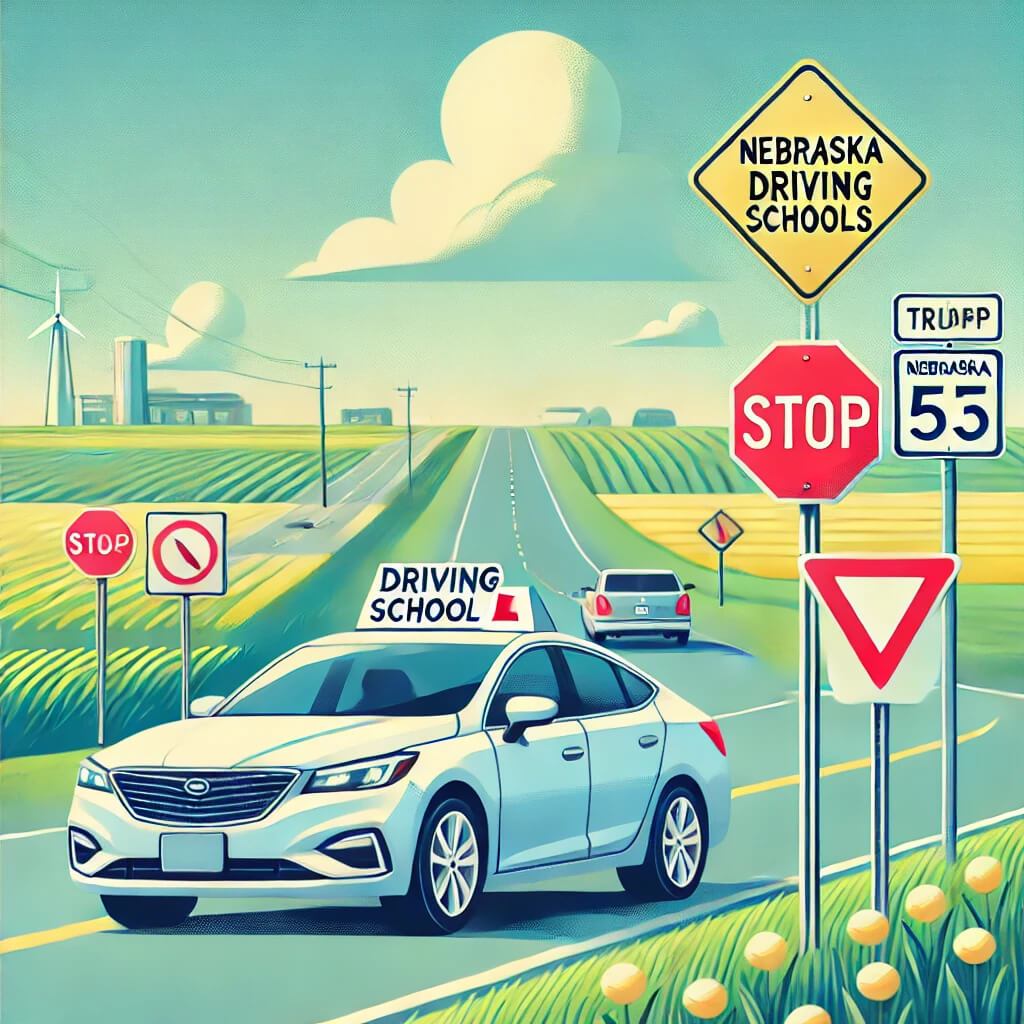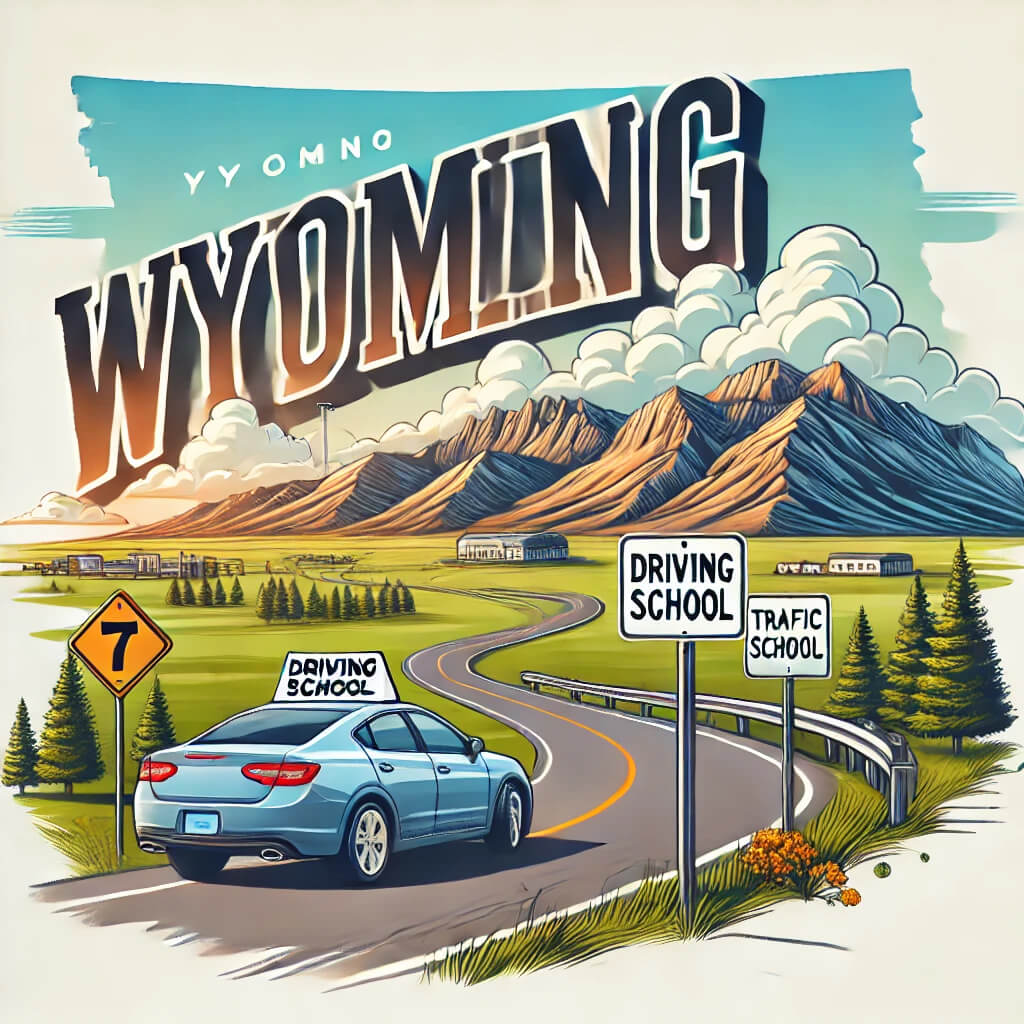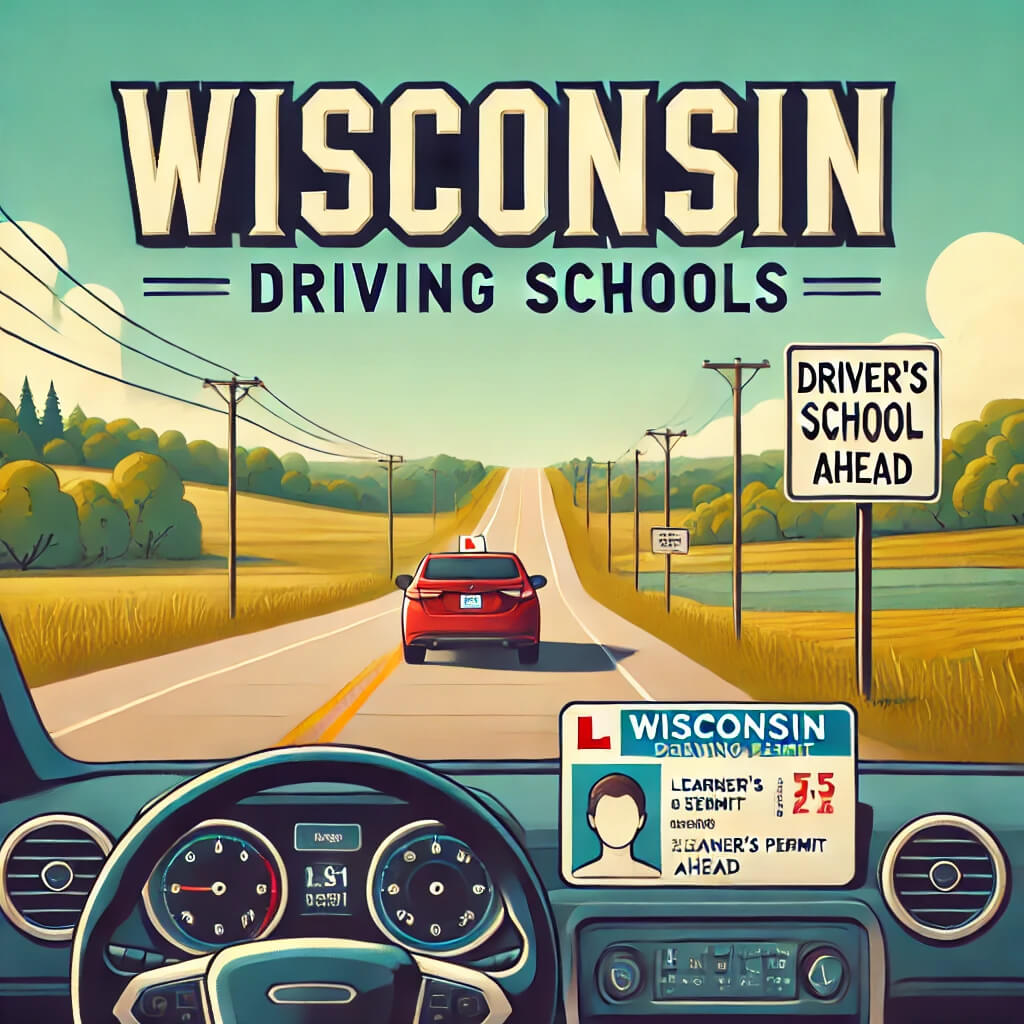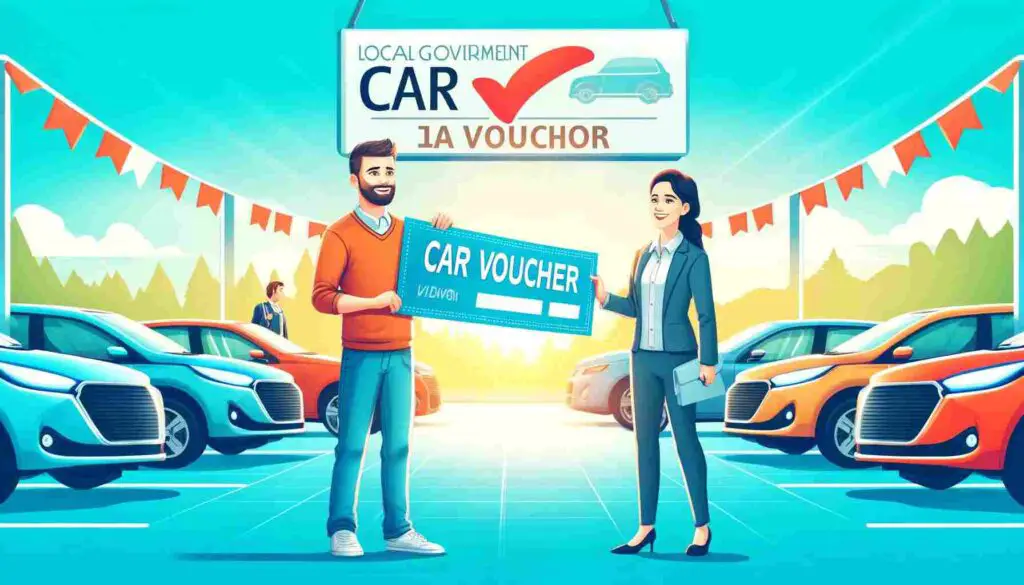Vermont’s picturesque landscapes and diverse road conditions can present drivers with both beauty and challenges. From winding rural roads to bustling city streets, the state offers a wide spectrum of driving environments. For those preparing to get behind the wheel—whether you’re a teenager just starting out or an experienced driver seeking a refresher—the right driving school can make all the difference. This article provides an in-depth look at Vermont driving schools and the key factors to consider when selecting a program.
I. Introduction: The Importance of Quality Driver Education
A. The Vermont Driving Experience
Vermont is famous for its rolling green hills, vibrant autumn foliage, and icy winter roads. While these elements add to the state’s charm, they also require drivers to be well-prepared for varying traffic and weather conditions. Unpredictable weather patterns, winding backroads, and sometimes challenging terrain make driver education a critical step in ensuring road safety.
B. Why Choose a Vermont Driving School?
- Adherence to State Standards: Reputable Vermont driving schools align their curriculum with the Vermont Department of Motor Vehicles (DMV) guidelines.
- Expert Instruction: Certified instructors understand the nuances of driving in Vermont, from navigating winter roads to dealing with wildlife crossings.
- Confidence and Skill Building: Comprehensive training, including both classroom theory and practical sessions, helps new drivers gain confidence behind the wheel.
C. Thesis Statement
This guide delves into the licensing process, the different types of driving schools in Vermont, how to select the right program, and additional courses that can benefit drivers at all experience levels.
II. Understanding the Vermont Licensing Process
Before signing up for any driving school, it is crucial to understand the basic steps required to obtain a driver’s license in Vermont.
A. Overview of the Required Steps
- Learner’s Permit:
- Minimum age is typically 15.
- Must pass a written knowledge exam at the DMV.
- Supervised Practice Hours:
- After receiving a learner’s permit, teens and new drivers need supervised driving time with a qualified adult.
- This step is vital for gaining real-world experience in traffic and under various weather conditions.
- Driver Education Courses:
- Vermont-licensed schools provide a mix of theoretical and practical training.
- Emphasis on defensive driving, hazard recognition, and traffic laws.
- Road Test:
- After fulfilling the practice and education requirements, applicants schedule a road test through the Vermont DMV.
- Many driving schools offer practice road tests to familiarize students with the DMV format.
B. Age Requirements and Permit Regulations
- Teens: 15-year-olds can apply for a learner’s permit but must complete an approved driver education course before attempting the road test.
- Adults: If you are over 18, you can still benefit from formal instruction, although the supervised practice hours and school-based education may vary compared to the teen process.
C. Importance of Driver Education
Acquiring a driver’s license is more than just meeting legal requirements. A structured learning approach not only improves the likelihood of passing the road test on the first try but also lays the foundation for responsible driving habits that can last a lifetime.
III. Types of Driving Schools in Vermont
Vermont caters to diverse learning preferences by offering several types of driving schools. From traditional classroom setups to online courses, each format comes with its unique advantages.
A. Traditional In-Person Driver Education
- Classroom Instruction:
- Licensed instructors guide students through road rules, traffic laws, and safety strategies.
- Interactive learning methods often include group discussions, multimedia presentations, and quizzes.
- On-Road Practice:
- Practical lessons take place in a dual-control vehicle under instructor supervision.
- Students gain hands-on experience in various driving scenarios—rural roads, highways, and local streets.
- Advantages:
- Immediate feedback and real-time corrections.
- Personalized attention from the instructor.
- Strong peer support and group engagement.
B. Online Driver Education
- Virtual Classroom:
- Offers flexibility for those with busy schedules or limited transportation options.
- Can be accessed from anywhere with an internet connection.
- Hybrid Approach:
- Online modules for theoretical lessons, combined with in-person sessions for road practice.
- Students must still meet state-mandated on-road driving hours.
- Advantages:
- Self-paced learning with the ability to review challenging topics multiple times.
- Ideal for independent learners who are comfortable with technology.
C. Specialized Driver Education Programs
- Defensive Driving Courses:
- Emphasize hazard anticipation, safe following distances, and handling emergency situations.
- May qualify participants for insurance discounts.
- Driver Improvement Clinics:
- Tailored for drivers seeking to correct poor driving habits, such as excessive speeding or repeated traffic violations.
- Often mandated by courts or recommended by insurance companies after an infraction.
- Senior Refresher Courses:
- Focus on adapting to changes in vision, hearing, and reaction time that can occur with age.
- May include lessons on new car technologies like backup cameras or lane departure warnings.
IV. Choosing the Right Driving School
Selecting the perfect program can feel overwhelming. Below are key considerations that can help you narrow down your choices.
A. Accreditation and Instructor Qualifications
- Vermont DMV Approval:
- Confirm that the school meets the DMV’s standards.
- Accredited schools usually display their credentials clearly on their website or promotional materials.
- Certified Instructors:
- Instructors should possess valid teaching credentials and extensive driving experience.
- Look for schools that highlight instructor backgrounds and qualifications.
B. Curriculum and Teaching Methods
- Balanced Theory and Practice:
- Review the school’s syllabus to ensure it includes a thorough classroom component along with sufficient road training.
- Simulator training or interactive lessons can enhance learning.
- Student Engagement:
- Schools that incorporate technology (e.g., apps for practice tests) can help students retain information better.
- Ask about the ratio of students to instructors during on-road sessions.
C. Cost and Scheduling Considerations
- Tuition Fees:
- Expect to pay anywhere from $300 to $800, depending on the package.
- Higher fees may cover more driving hours, advanced simulation tools, or better-equipped vehicles.
- Class Schedules:
- Some schools offer weekend or evening classes, which may be a necessity for working adults or busy teens.
- Consider any hidden costs (e.g., exam fees, extra practice sessions) when comparing prices.
- Location and Accessibility:
- If you rely on public transportation or need to commute, proximity to the school can be crucial.
- Online or hybrid options may be more convenient if you live far from the nearest driving school.
V. Additional Programs and Refresher Courses
Driving skills, like any other skill set, require ongoing refinement. Several Vermont schools cater to continuing education needs.
A. Defensive Driving Courses
- Benefits:
- Lower insurance premiums.
- Greater awareness of potential hazards and how to avoid them.
- Some programs offer interactive driving simulations, which replicate challenging scenarios like heavy rain or icy conditions.
B. Driver Improvement Clinics
- Target Audience:
- Drivers with multiple traffic violations.
- Individuals looking to brush up on rules after a period of inactivity.
- Curriculum:
- Re-teaches fundamental road rules.
- Emphasizes responsible driving attitudes, handling stress, and controlling aggressive tendencies.
C. Senior Driver Safety Programs
- Why They Matter:
- Road rules and vehicle technologies evolve over time.
- Physical changes like vision and hearing loss impact driving performance.
- Typical Topics Covered:
- Safe intersection navigation.
- Adjusting mirrors and seating position for improved visibility.
- Methods to compensate for slower reaction times.
VI. Frequently Asked Questions (FAQs)
- Q: How long does a typical driver education course last in Vermont?
A: Courses often range from a few weeks to a couple of months, including both classroom sessions and the required on-road practice hours. - Q: Can I complete my driver’s education fully online?
A: While the theoretical portion can be completed through approved online courses, you still need in-person driving sessions and must pass the official road test at a DMV location. - Q: At what age can I start taking driver’s education in Vermont?
A: Generally, you can start as early as 15. Check the most recent DMV guidelines for any changes in age requirements. - Q: Are defensive driving courses mandatory?
A: Most are voluntary unless mandated by a court or recommended by an insurance company. However, completing a defensive driving class can enhance your skills and may reduce insurance premiums. - Q: How much does driver’s education cost, on average?
A: Costs typically fall between $300 and $800, depending on the services, reputation of the school, and the number of driving hours included in the package.
VII. Additional Information
A. Winter Driving Tips
Vermont winters can be harsh and challenging, especially for new drivers. Some driving schools offer specialized winter driving modules focusing on:
- Skid control techniques on snow or ice.
- Use of winter tires and proper vehicle maintenance for cold months.
- Emergency preparedness for roadside breakdowns in freezing temperatures.
B. Car Maintenance Essentials
Regardless of your level of experience, keeping your vehicle in good working order is essential:
- Regular Oil Changes: Crucial for engine health.
- Brake Checks: Particularly important when navigating steep hills or slippery roads.
- Tire Maintenance: Proper inflation and tread depth help maintain traction, especially in winter.
VIII. Conclusion
A. Summary of Key Points
- Vermont’s varied terrain and weather patterns make thorough driver education vital.
- Prospective drivers can choose from traditional, online, or specialized driving schools to meet their needs.
- Selecting a school involves evaluating factors like accreditation, instructor quality, cost, and scheduling options.
- Continuing education, such as defensive driving or driver improvement clinics, can significantly improve safety and reduce insurance costs.
B. Restating the Thesis
Comprehensive driver education in Vermont ensures you are well-prepared to tackle the state’s unique driving conditions. By choosing the right driving school, you set yourself up for a lifetime of responsible driving habits.
C. Call to Action
Ready to get behind the wheel or refresh your existing skills? Research reputable Vermont driving schools, compare their offerings, and enroll in a program that fits your budget and lifestyle. Your journey towards safe and confident driving begins now.
IX. Links or Contact Information
- Vermont DMV Official Website:
Vermont DMV – For the latest licensing requirements, approved driver education providers, and comprehensive driving-related resources. - Local Driving School Directories:
- Check community boards or online listings for schools in your area.
- Read user reviews to gain insight into school quality and student satisfaction.
- Contact:
- Phone: (802) 828-2000
- Email: dmv@vermont.gov
- Address:
120 State Street
Montpelier, VT 05603 - Website: https://dmv.vermont.gov/
- With a thorough education and plenty of practice, you can confidently navigate Vermont’s roads—whether you’re taking in the state’s summer scenery or cautiously steering through its winter wonderland. Safe travels!


